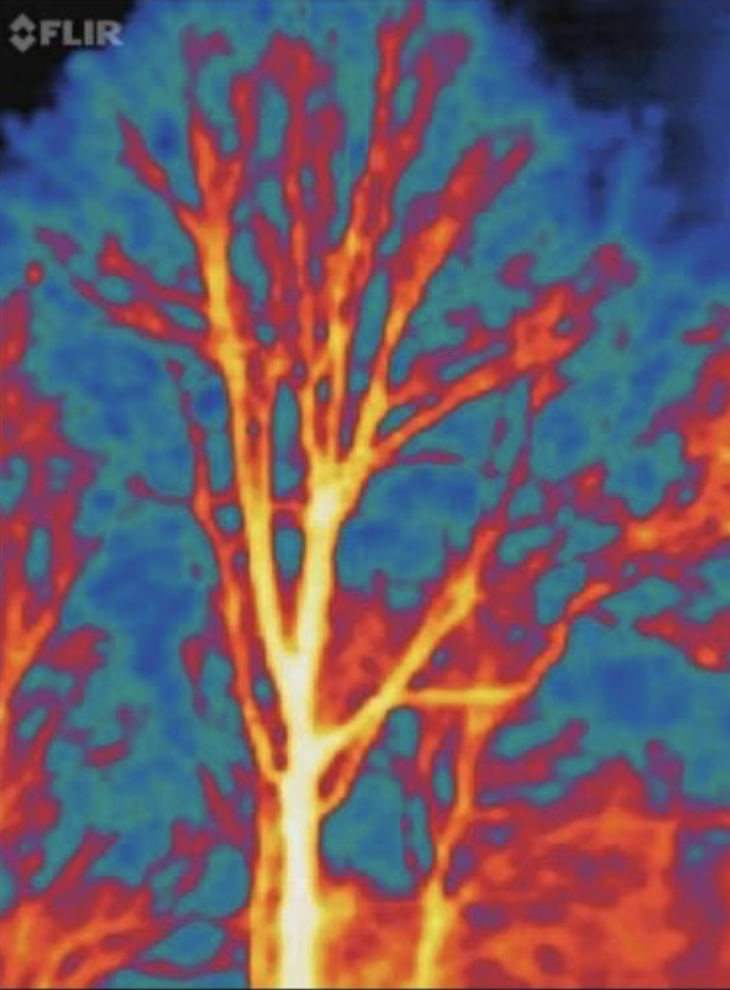How Thermal Optics are Revolutionizing Farming and Livestock Management
Since the dawn of agriculture, some 10,000 years ago, we have worked to develop processes which would increase yields, produce more robust animals and pass our knowledge on to future generations. Much is owed to the foresight of our ancestors who originally developed many of the advancements we enjoy today. Fast forward to the present, and we now hold in the palm of our hand (or in our back pocket), a tool that keeps us more connected than ever, for better or worse.
In our current age, we enjoy instantaneous communication, satellites in the sky to monitor the weather, forecasts and predictions that help us make informed decisions and a wealth of knowledge unavailable to our predecessors. While that is all well and good, we are still at the mercy of the elements, various pathogens and other issues which have plagued mankind since the advent of the first farmers who kept livestock and grew crops.
Fortunately, we were gifted with our five senses to help us monitor our livestock and forages but even those can sometimes fall short. Predation on livestock can cause major issues, as I am sure we are all aware. A new tool in our arsenal, once a thing of science fiction (I am thinking of a certain action hero star movie involving a cantankerous fellow who could see the heat of his prey, is now available to us all). Of course, I am referring to thermal optics.
Most of us initially think of this as a tool to help with predator control, however, there are many other uses. With a decent (sub $1000) thermal we have an entire spectrum of non-visible light opened to us. We can now monitor our livestock without disturbing them and detect disease and injury earlier. Moreover, we can monitor plant health and pick up on pest pressures and handle those before they become a major issue (Armyworms come to mind in this scenario). Of course, there are other options as well beyond the handheld units. Larger operations might benefit greatly from thermally equipped drones to cover larger areas. Granted, these upgrades do come at a cost and depending upon your circumstances, may or may not be necessary.
I have included a few images to detail the capabilities of thermal. These images were taken with an older generation thermal camera, and the resolution and clarity has only improved since.
I would be remiss if I didn’t discuss drawback as well. While thermal can and does open up an entirely new spectrum of light for us there are some scenarios where it falls short. Since thermal is measuring the heat of an object, background heat can be an issue. Hot days pose a problem with background heat being reflected and can overcome most sensors in thermal cameras. The best time of day to scan would be early in the morning or later in the evening after the sun has set and it has started to cool down for the day. Fog, mist and rain can create issues as well. Generally, there is reduced visibility and less clarity of the image. Depending on your goals, this may not be as much of an issue but one I thought worth mentioning. Thermal works best when you have a larger temperature variance in the background vs. the heat of the object/animal you are scanning.
If you have been on the fence about thermal, I would strongly recommend it given the price drop in recent years and the overall utility it can offer. If you plan to use it for predator control (and I may go into this further in another post), I cannot stress enough the importance of being 100 percent certain of your target and what lies beyond it. Research your local laws for use of thermal in predator control and completely familiarize yourself in its use and functionality.
There are tons of options out there but FLIR, ATN, AGM and Pulsar and tried and true. Here are a few recommendations categorized by price range:
https://www.cabelas.com/shop/en/atn-ots-xlt-160-2-8x-thermal-monocular?ds_e=GOOGLE&ds_c=Cabelas%...
$599 ATN Handheld Monocular. Budget option.
https://www.cabelas.com/shop/en/atn-thor-lt-ultra-light-thermal-rifle-scope
$799 ATN Thermal Riflescope. Budget option.
https://www.cabelas.com/shop/en/pulsar-axion-xm30f-thermal-monocular?ds_e=GOOGLE&ds_c=Cabelas%7C...
$1499 Pulsar Monocular. Higher quality, more features.
https://www.cabelas.com/shop/en/pulsar-thermion-2-xp50-pro-thermal-rifle-scope
$4,999 Pulsar Thermal Riflescope. No the budget option, but if you have a lot of predators and will be using it extensively, this might be worth looking at or upgrading to in the future.
Blog - Chris Workman - Thermal



